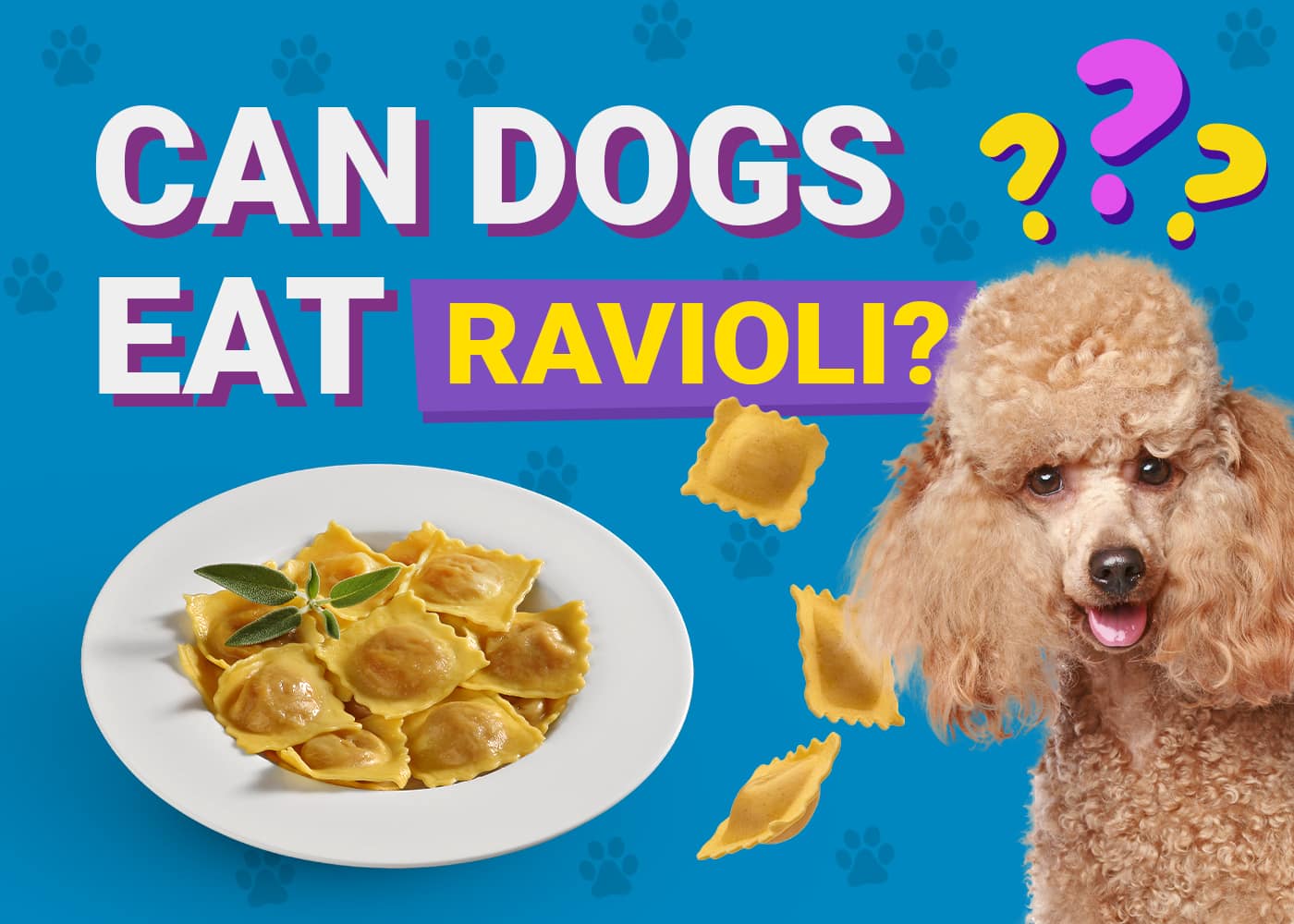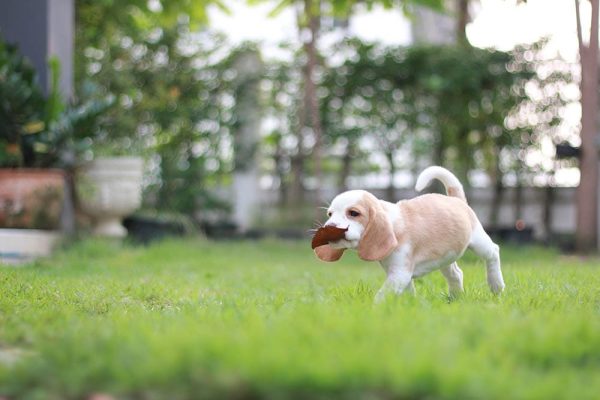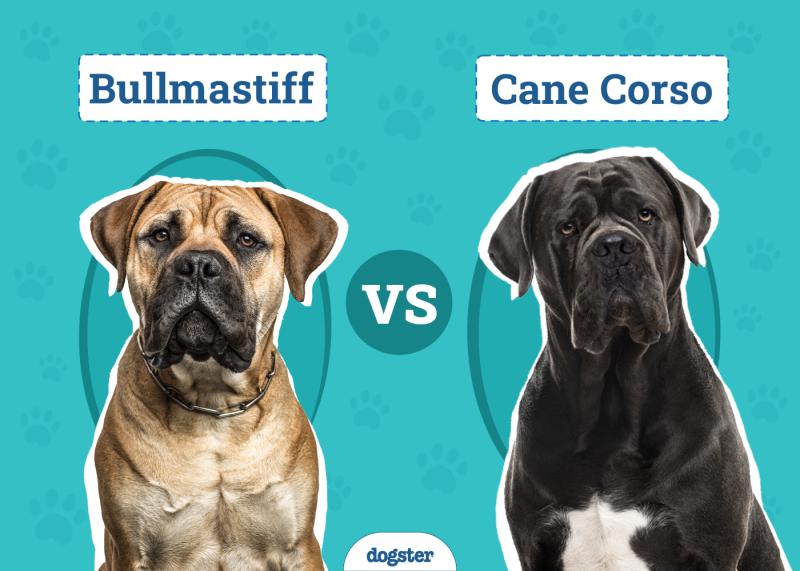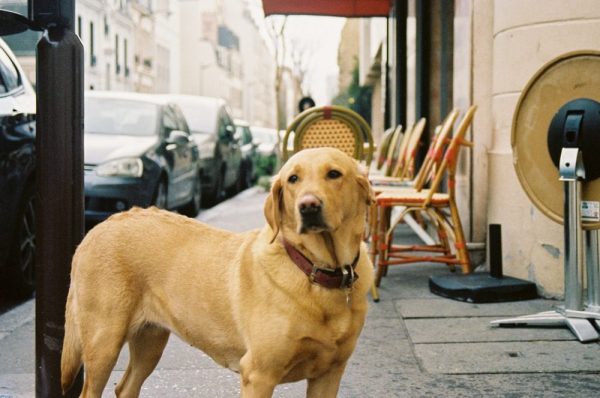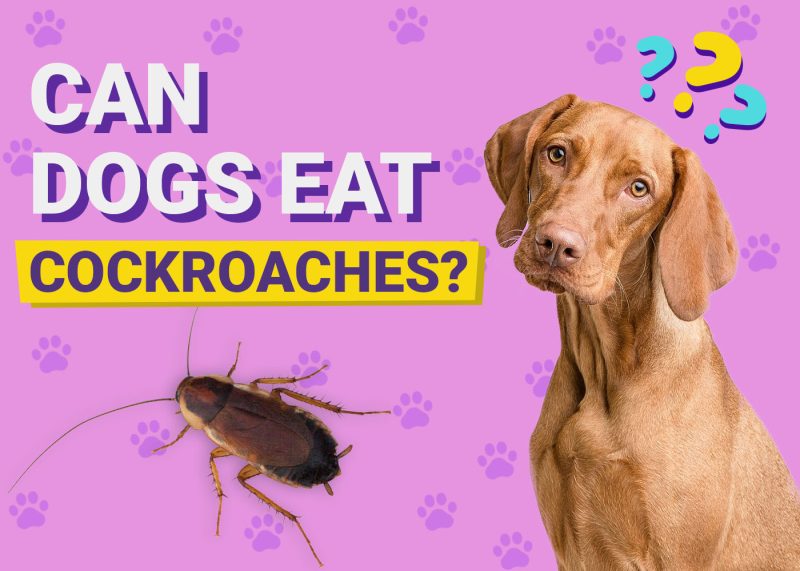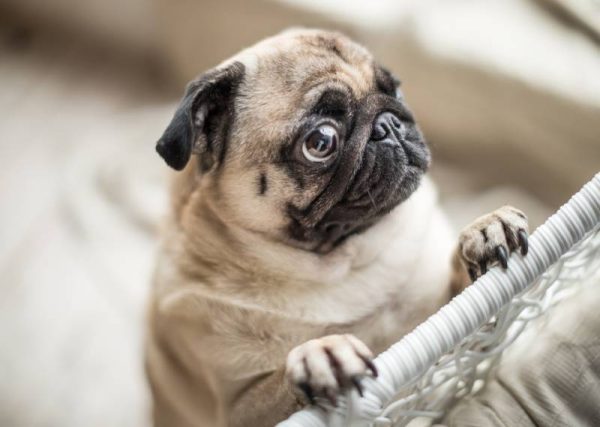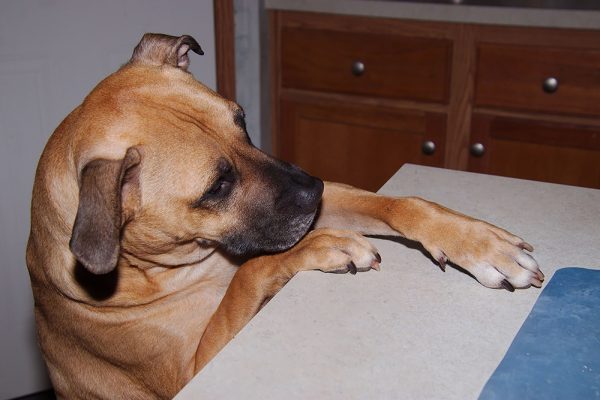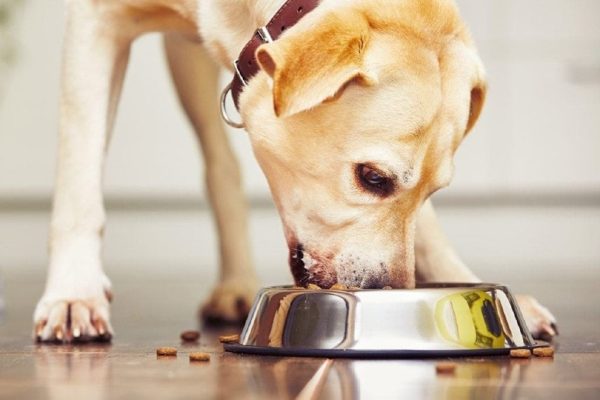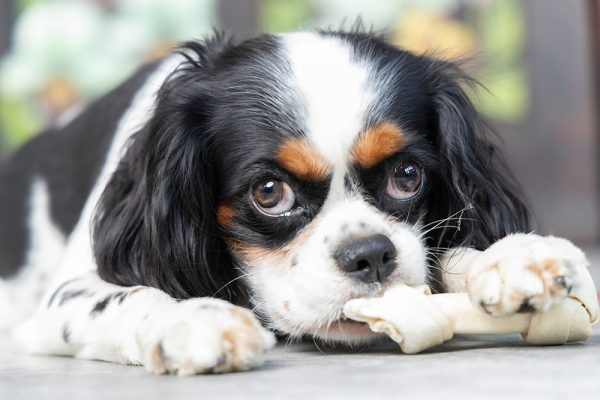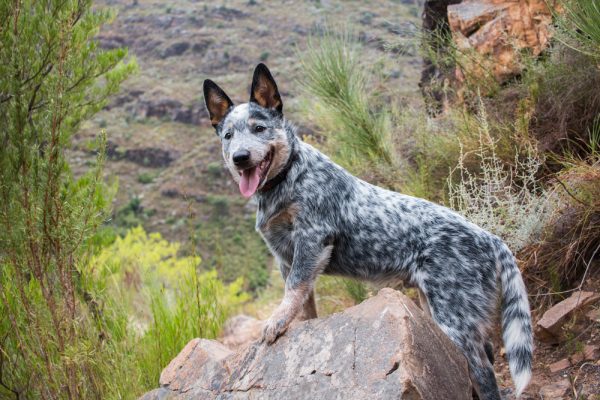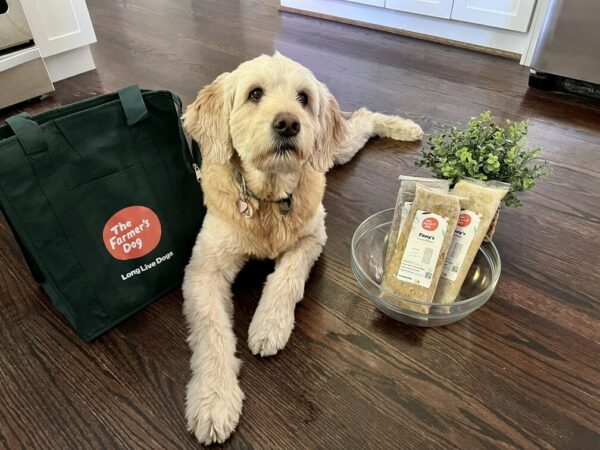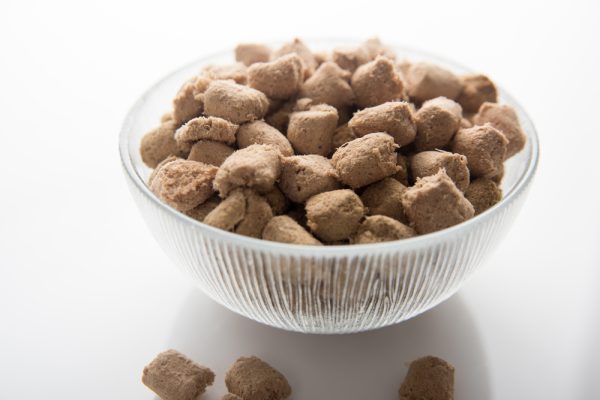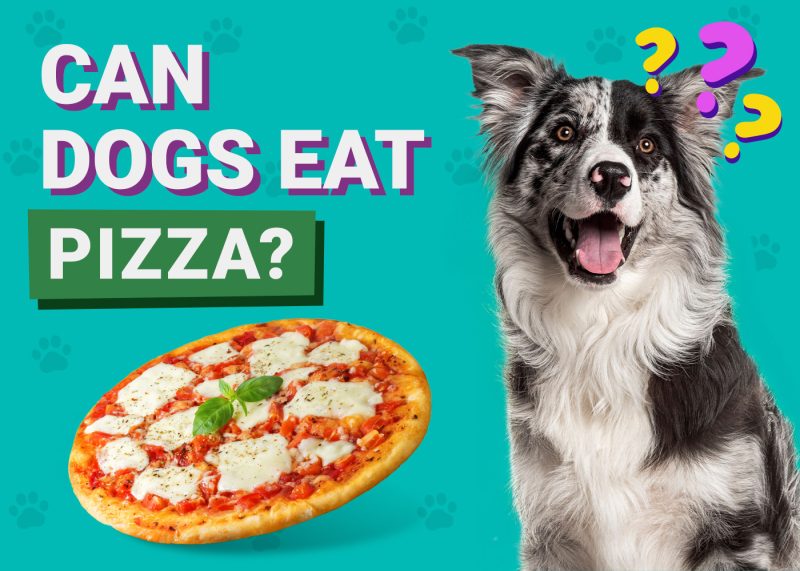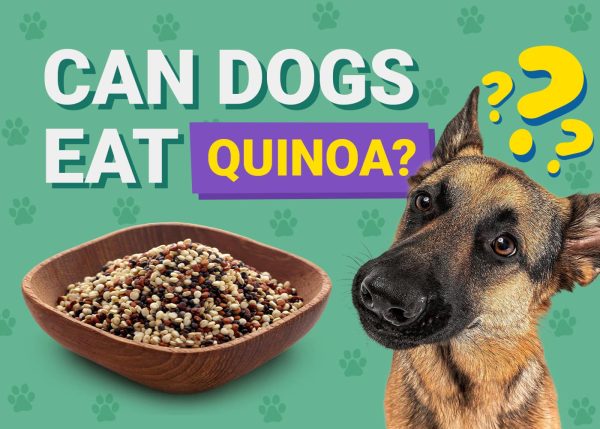Americans love their pets, which is why they’re willing to dish out an estimated $150.6 billion on them. Roughly $70 million goes toward food. Nevertheless, we still bring home doggy bags and give them table scraps.
The recent pet humanization trend adds fuel to the fire, with diets that resemble our food, leading to questions like, can dogs eat ravioli? The answer is both yes and no because of several caveats. Raviolis are not inherently harmful to dogs, but they could contain harmful ingredients, and they also lack any real nutritional value.

The Nutritional Value of Pasta for Dogs
Pasta consists of a few ingredients, including things such as flour and eggs. Some recipes contain water and perhaps olive oil, but overall, it is still pretty basic. However, it’s not particularly nutritious. A 100-gram serving has about 5.8 grams of protein, 0.93 grams of fat, and 30.6 grams of carbohydrates.
The recommended daily intake of these macronutrients for dogs is 25 grams of protein and 13.8 grams of fat.
Commercial diets that are complete and balanced will supply their dietary needs. At first glance, it seems like pasta would fit in well with a pet’s diet based on these figures. However, we still can’t ignore the fact that pasta lacks any real nutritional value for canines.
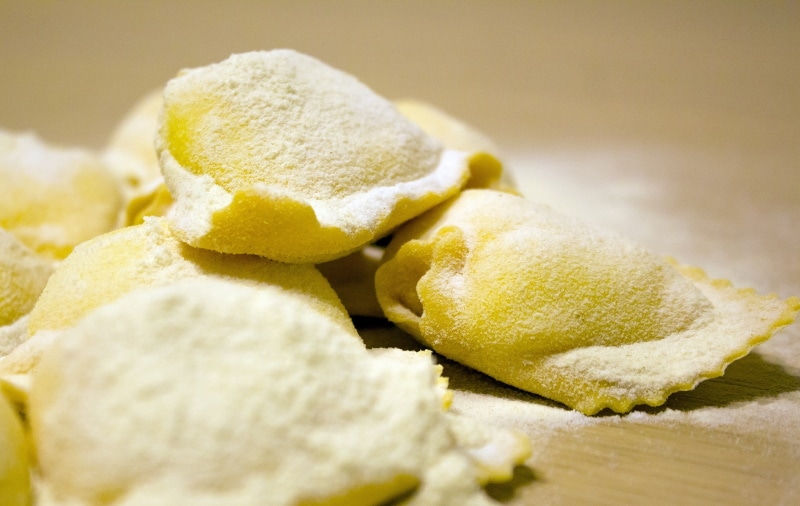
Carbohydrates and Pet Obesity
Interestingly, although dogs and wolves share a common ancestor, domestication has given our canine companions three genes that allow them to digest glucose and starch, such as we find in ravioli. Therefore, it appears dogs are capable of metabolizing pasta. However, the carbs pack a caloric punch at 4 calories per gram. That helps explain the 157 calories in that 100-gram serving of pasta.
We must also consider daily caloric intake. Humans should consume about 2,000–2,500 calories per day, depending on their sex, activity level, and age. It varies by weight with dogs. Therefore, a 20-pound pup should only consume between 325–400 calories. And that 100-gram serving will make up nearly 40% of your dog’s entire daily food allowance! We’re sure you can see where this discussion is headed.
Obesity is just as unhealthy for pets as it is for people. It increases their risks of certain cancers, heart disease, diabetes, chronic kidney disease, and arthritis. Veterinary medicine considers it the single greatest threat to pet health and well-being. These sobering details are enough to take ravioli off the menu for your pup. But wait, there’s more!
If you need to speak with a vet but can't get to one, head over to PangoVet. It's an online service where you can talk to a vet online and get the personalized advice you need for your pet — all at an affordable price!
The Devil Is in the Details
We’d be remiss if we didn’t address the elephant in the room, especially when talking about ravioli. That’s because there’s something in ravioli and, typically, on it as well that is harmful for your dog to consume.
There are many different sauces and fillings that could be paired with your ravioli. Onions contain a chemical called n-propyl disulfide. It affects the circulatory system, causing a condition called Heinz body anemia. Essentially, it breaks down red blood cells. Your pup doesn’t have to eat a lot to develop symptoms, with as little as 15 to 30 g/kg showing ill effects. Ingestion in any form is problematic. Moreover, the toxic chemicals accumulate in the animal’s body.
That means it will build up in your pet’s body if you regularly feed it foods that contain onions. While garlic isn’t as toxic, you should also avoid giving it to your dog in any form. Common signs of accidental ingestion include:
- Abdominal pain
- GI distress
- Vomiting
- Pale gums
- Lethargy
No antidote exists for poisoning. All you and your vet can do is offer supportive care while hoping for the best outcome.
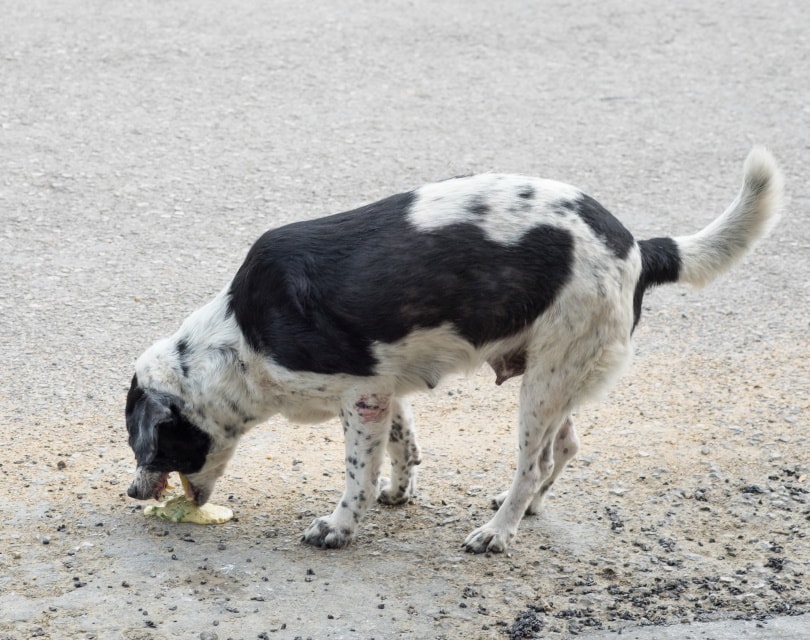

Final Thoughts
The problem with ravioli is the ingredients in the filling and sauce. Any onion or garlic will adversely affect your dog. While plain pasta doesn’t carry these risks, there aren’t compelling reasons to offer this food to your pup. It certainly doesn’t need the empty calories that it contains with no nutritional value. We recommend you pass on the pasta and give your dog a diet formulated for canines.
You may also want to read:
